Soaring prices: Core inflation touches 19-month high at 5.2%
Gap between real interest rate and policy rate narrows to half a percentage point
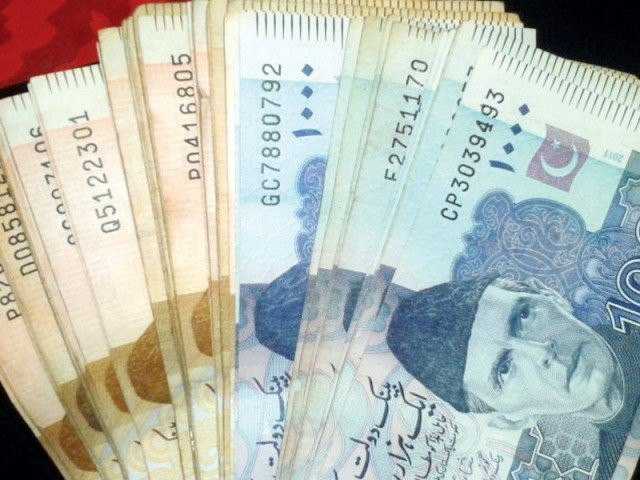
PHOTO: EXPRESS
Core inflation - excluding the price impact of food and energy products - stood at 5.2% in October compared to the same month of last year, reported the Pakistan Bureau of Statistics (PBS) on Tuesday.
The real interest rate is the net return that a saver receives after erasing the impact of inflation.
The 5.2% core inflation was the highest in 19 months. Last time in April 2015, the core inflation had been recorded at 5.4% when the policy rate stood at 6.5%.
Overall, the inflation measured by the Consumer Price Index - which captures prices of 481 commodities in urban centres - rose 4.2% in October compared to the same month of previous year.
In its September 24 monetary policy announcement, the central bank had decided to keep the policy rate unchanged at 5.75% for the next two months. After the fresh core inflation reading, the gap between the real interest rate and the policy rate has come down to just half a percentage point.
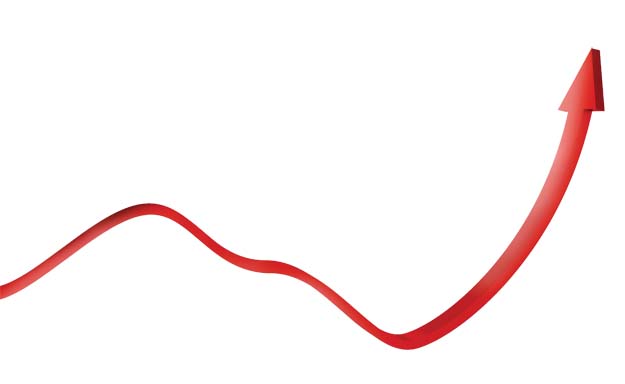
In the next monetary policy, the central bank may increase the policy rate by 50 basis points to 6.25%, said Dr Ashfaque Hasan Khan, former economic adviser to the Ministry of Finance.
Any upward revision in the policy rate will carry implications for the federal government due to its impact on the cost of borrowing. In the hopes of an increase in interest rates, the banks did not offer money to the federal government in the last auction of Pakistan Investment Bonds.
The real interest rate gap has substantially narrowed due to reduction in the policy rate over the last one and a half years, according to minutes of the September 24 meeting of the Monetary Policy Committee (MPC).
Reason for jump
According to the minutes, the rise in core inflation stems from increasing house rents, higher prices of health expenses and personal equipment.
Furthermore, the increase in cotton cloth prices amid rising cotton rates also contributed to the inflation. It said the major risk to the core inflation trajectory in fiscal year 2016-17 was seen in uncertain global oil prices.

In its last meeting, the MPC focused on either reducing the policy rate or keeping it unchanged. It eventually kept the rate unchanged at 5.75% with 8 to 2 votes.
Its members voting for maintaining the status quo gave more weight to factors such as slow deposit growth and negative real rate of return on deposits, possible impact on the external sector and the need to maintain stability.
Some of these factors, mainly the negative real rate of return on deposits, may become a base for the expected increase in the policy rate, according to independent experts.
However, according to PBS Chief Statistician Asif Bajwa, the inflationary pressure is not building up as the price increase in October was more because of the low base effect. “There was no abnormal increase in prices,” he said.
In its policy announcement, the central bank had noted that the expected pickup in domestic demand would largely determine the inflation path in the remaining months of 2016-17. It said uncertain global oil prices continued to remain a major determining risk.
For 2016-17, the government has set the inflation target at 6% while the IMF and SBP projections are below the target level. Average inflation during July-October remained at 4%, according to the PBS.
Published in The Express Tribune, November 2nd, 2016.
Like Business on Facebook, follow @TribuneBiz on Twitter to stay informed and join in the conversation.



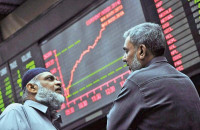

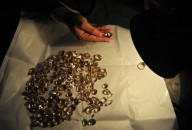
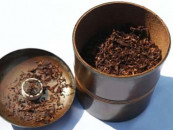


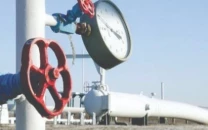

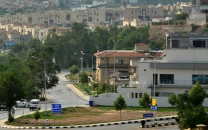


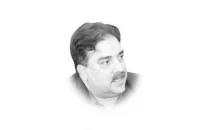



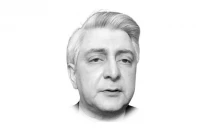
COMMENTS
Comments are moderated and generally will be posted if they are on-topic and not abusive.
For more information, please see our Comments FAQ